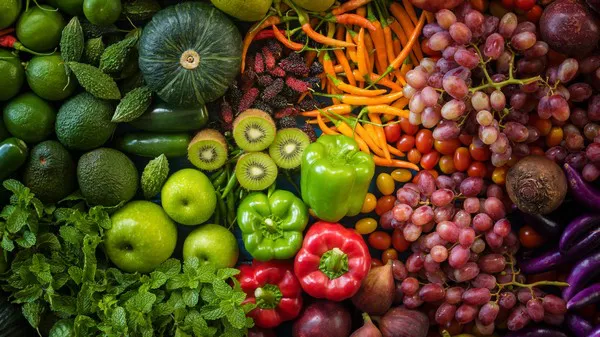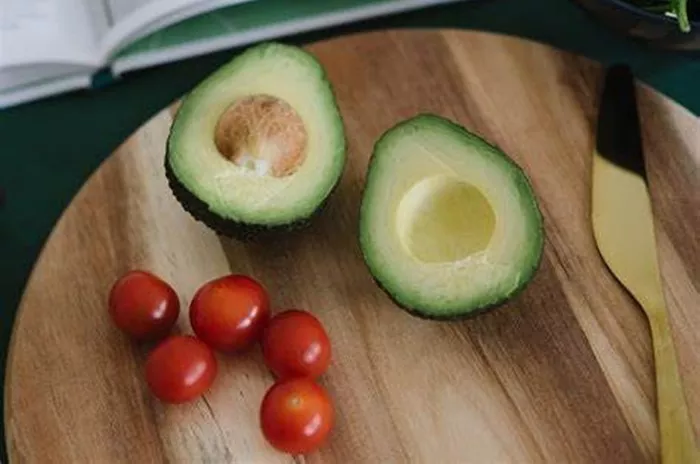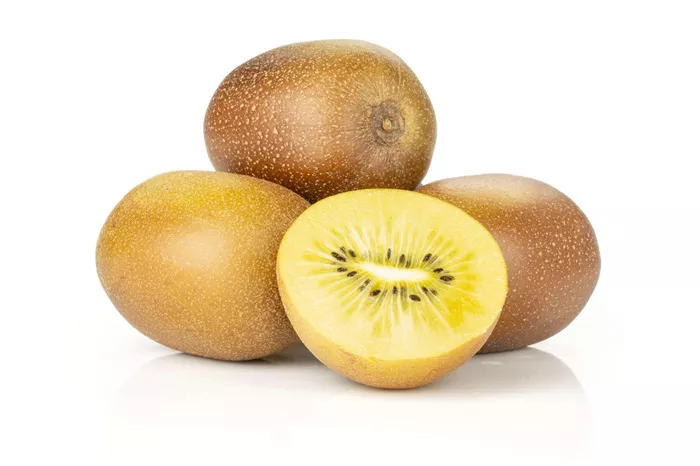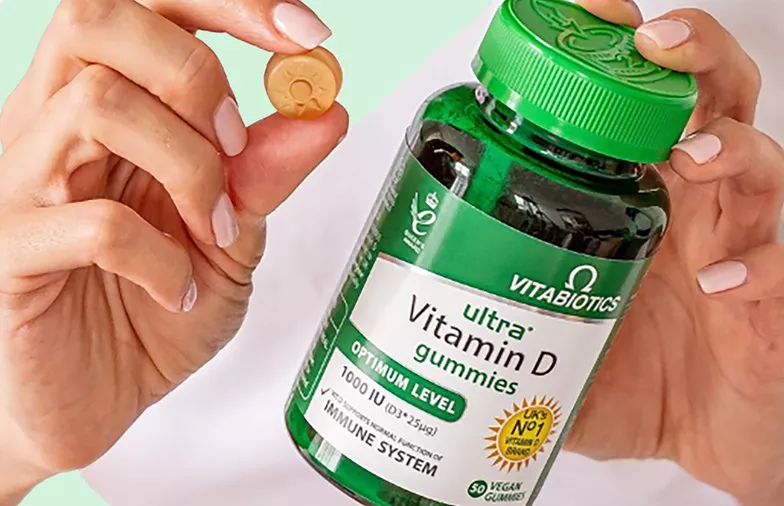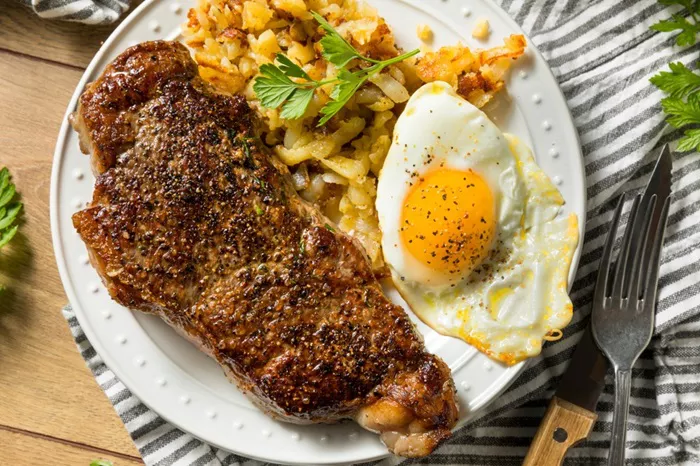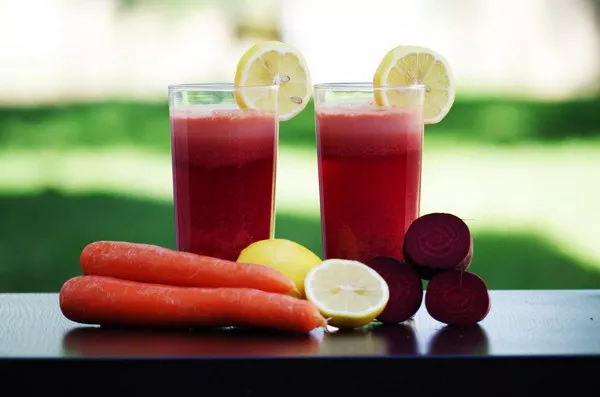When it comes to meeting our protein needs, many of us immediately think of animal-based sources such as meat, poultry, and dairy products. However, vegetables can also be a valuable and often overlooked source of protein. Whether you follow a plant-based diet or simply want to increase your protein intake from vegetable sources, understanding which vegetables are highest in protein is essential. In this comprehensive article, we will explore a variety of vegetables that pack a protein punch. By incorporating these protein-rich vegetables into your diet, you can ensure you’re meeting your nutritional needs while enjoying a diverse and plant-centric menu.
The Protein Pursuit: Why Protein in Vegetables Matters
Protein is a vital macronutrient that plays a crucial role in numerous physiological processes within the human body. It is essential for the growth, repair, and maintenance of tissues, as well as the production of enzymes, hormones, and antibodies. While animal-based sources tend to be richer in protein, vegetables can still contribute significantly to our daily protein intake. Here’s why protein in vegetables matters:
- Plant-Based Protein Power: For those following a vegetarian or vegan lifestyle, vegetables serve as an important source of protein. By incorporating protein-rich vegetables into their diets, individuals can meet their protein needs without relying solely on animal-based sources. This is particularly important as a well-planned plant-based diet can provide all the essential amino acids necessary for optimal health.
- Diverse Nutrient Profile: Vegetables that are high in protein often come with a host of other beneficial nutrients. They are typically rich in dietary fiber, vitamins, minerals, and antioxidants, which support overall health and well-being. By including protein-rich vegetables in your diet, you can ensure you’re not only meeting your protein requirements but also enjoying the benefits of a varied and nutrient-dense eating pattern.
- Reduced Environmental Impact: Choosing vegetable-based sources of protein can have a positive impact on the environment. Animal agriculture is a significant contributor to greenhouse gas emissions, deforestation, and water pollution. By incorporating more protein-rich vegetables into your diet, you can reduce your carbon footprint and contribute to sustainable food choices.
Protein-Packed Vegetables: The Top Contenders
While vegetables, in general, provide varying amounts of protein, some stand out for their higher protein content. Let’s take a closer look at several vegetables that are particularly notable for their protein power:
- Edamame: Edamame, or young soybeans, are a fantastic source of plant-based protein. These vibrant green legumes boast an impressive protein content of around 18 grams per cup. They are also rich in fiber, folate, vitamin K, and iron, making them a nutritious addition to salads, stir-fries, or enjoyed on their own as a protein-packed snack.
- Lentils: Lentils are a staple in many cuisines worldwide and are known for their high protein content. With approximately 18 grams of protein per cooked cup, lentils are a fantastic plant-based protein source. They are also packed with dietary fiber, folate, iron, and other essential nutrients. Lentils come in various colors, including green, red, and black, and can be used in soups, stews, salads, or made into delicious plant-based burgers.
- Chickpeas: Chickpeas, also known as garbanzo beans, are incredibly versatile and offer an impressive protein content. With around 15 grams of protein per cooked cup, chickpeas are an excellent addition to vegetarian and vegan dishes. They are also high in dietary fiber, folate, manganese, and other valuable nutrients. Chickpeas can be used in a variety of recipes, including hummus, curries, salads, and stews.
- Black Beans: Black beans are a popular legume known for their rich protein content. With approximately 15 grams of protein per cooked cup, black beans are an excellent choice for those seeking plant-based protein sources. They are also a good source of dietary fiber, folate, iron, and other essential nutrients. Black beans can be enjoyed in a variety of dishes, such as soups, salads, tacos, and veggie burgers.
- Quinoa: While technically a seed, quinoa is often considered a grain and is highly regarded for its protein content. With approximately 8 grams of protein per cooked cup, quinoa is a valuable addition to any vegetarian or vegan diet. It is a complete protein, meaning it provides all nine essential amino acids. Quinoa is also rich in dietary fiber, magnesium, and other important nutrients. It can be used as a base for salads, made into porridge, or incorporated into casseroles and stir-fries.
- Spinach: Spinach is not only a nutritional powerhouse but also surprisingly high in protein. With around 5 grams of protein per cooked cup, spinach is an excellent choice for boosting your protein intake. Itis also rich in vitamins A, C, and K, as well as iron, calcium, and other beneficial compounds. Spinach can be enjoyed raw in salads, sautéed as a side dish, or blended into smoothies for a nutrient-packed protein boost.
- Broccoli: Broccoli is a cruciferous vegetable that provides a modest amount of protein along with an array of other essential nutrients. With approximately 3 grams of protein per cooked cup, broccoli adds a nutritional punch to any meal. It is also an excellent source of vitamins C and K, folate, and dietary fiber. Broccoli can be steamed, roasted, added to stir-fries, or incorporated into soups and casseroles.
- Brussels Sprouts: Brussels sprouts may be small, but they deliver a surprising amount of protein. With around 3 grams of protein per cooked cup, Brussels sprouts are a nutritious choice for boosting your protein intake. They are also rich in vitamins C and K, fiber, and antioxidants. Brussels sprouts can be roasted, sautéed, or shredded and enjoyed in salads or slaws.
- Asparagus: Asparagus is a delicious and nutritious vegetable that offers a modest amount of protein. With approximately 3 grams of protein per cooked cup, asparagus makes a great addition to any protein-focused meal. It is also packed with vitamins A, C, E, and K, as well as folate and dietary fiber. Asparagus can be steamed, grilled, roasted, or added to stir-fries and salads for a burst of flavor and nutrition.
- Peas: Peas are a versatile vegetable that provides a decent amount of protein. With approximately 8 grams of protein per cooked cup, peas can contribute to your daily protein needs. They are also rich in dietary fiber, vitamins A and C, and minerals such as iron and potassium. Peas can be enjoyed fresh, cooked, or added to soups, stews, and stir-fries.
Maximizing Protein Absorption from Vegetables
While incorporating protein-rich vegetables into your diet is a great step towards meeting your protein needs, it’s also important to optimize protein absorption. Here are a few strategies to enhance protein absorption from vegetable sources:
- Pair with Complementary Proteins: Some vegetables may not provide all the essential amino acids on their own. By combining different protein-rich vegetables or pairing them with whole grains, seeds, or nuts, you can create a complete protein profile. For example, combining lentils with quinoa or beans with rice can ensure you’re getting all the essential amino acids your body needs.
- Cooking Techniques: Certain cooking techniques can enhance protein availability and digestion. For example, soaking and sprouting legumes and seeds can reduce anti-nutrients and improve protein absorption. Cooking vegetables also breaks down cell walls, making proteins more accessible for digestion. However, be mindful not to overcook vegetables, as excessive heat can degrade their protein content.
- Include Healthy Fats: Healthy fats, such as those found in avocados, nuts, and seeds, can promote better absorption of fat-soluble vitamins and improve the efficiency of protein digestion. Adding a drizzle of olive oil, a sprinkle of nuts or seeds, or enjoying a side of guacamole with your protein-rich vegetables can enhance nutrient absorption.
- Digestive Enzymes: Some individuals may have difficulty digesting certain vegetable proteins due to naturally occurring anti-nutrients, such as phytates and lectins. Taking digestive enzyme supplements that contain proteases can support the breakdown and absorption of proteins. However, it’s best to consult with a healthcare professional before starting any new supplementation regimen.
Conclusion
Protein and vegetables can go hand in hand to create a well-balanced and nutritious diet. While they may not be as protein-dense as animal-based sources, many vegetables provide a significant amount of protein while offering additional health benefits. By incorporating protein-rich vegetables such as edamame, lentils, chickpeas, black beans, quinoa, spinach, broccoli, Brussels sprouts, asparagus, and peas into your meals, you can boost your protein intake and enjoy a diverse and plant-centric eating pattern. Remember to pair your vegetable proteins strategically, optimize cooking techniques, include healthy fats, and consider digestive enzymes if needed to maximize protein absorption. Embracing the protein power of vegetables can be a delicious and sustainable way to meet your nutritional needs while supporting your overall health and well-being.
[inline_related_posts title=”You Might Be Interested In” title_align=”left” style=”list” number=”6″ align=”none” ids=”3071,3069,3067″ by=”categories” orderby=”rand” order=”DESC” hide_thumb=”no” thumb_right=”no” views=”no” date=”yes” grid_columns=”2″ post_type=”” tax=””]

